Just like every other racquet sport like Table Tennis and Badminton, serves play an extremely important role in tennis because if you have a master in serving, you can score points without much effort. You can either serve an ace (win the point on a service without the other player making contact with the ball) or can score points on the service returns if your serves have a quality. Servers in tennis always have an advantage as compared to the opponent who is receiving the serve because it lets the player score easy points if done rightly. Every server gets 2 serves at a time in case the first one is a fault. If you join tennis classes in Dubai, you will see that the coaches give a lot of emphasis on the serves because serves could be a decisive factor in the professional tournaments.
There are basically 4 types of serves most commonly used in tennis and we will discuss all of them below.
1. Flat Serve
The intention of a flat serve usually is to hit an ace in the first time itself which is why a flat serve is considered to be the most powerful and aggressive serve in tennis. Flat serves are the most common serves in tennis and the ball is hit with a fast pace at sharp angles giving no time to the opponents to return them properly which usually makes them off-guard and return the serve with the ball higher than the usual height. Such poor returns give the server a good chance to advance to the nets and quickly finish the rally winning a point. Although, the major disadvantage of a flat serve is that if the opponent is able to time the ball correctly, the return comes as fast as the serve is done and the server is not able to move that quickly losing the point.
2. Slice serve
Slice serve which is also known as a spin serve is usually done on the clay courts and proves to be a big advantage for the server if done correctly. The ball spins as soon as it lands on the court and keeps lower to the receiver making him uncomfortable in the returns. Most of the returns on the spin serves come either on the net or comes very high which is a good opportunity for the server to finish the rally with a solid kill. Disadvantage with the slice serve is that if it is not done correctly or the ball does not spin properly, the opponent will hit the ball flat and hard and will score a point
3. Kick Serves
Kick serves are usually done by the players as the second serves rather than the first ones because this type of serves have the least chances to hit the net because of the less power used and more spin used. This type of serve is usually taught to the advanced players in tennis coaching in Dubai because it takes a lot of time and skills to master this serve because if anything goes wrong with the serve, due to the less power involved, the opponent could easily take the point away from the server
4. Underhand serve
These are the most uncommon serves in tennis and you will rarely witness such serves but yes, they do exist. They are totally different from the traditional serves and as the name suggests, are done from below the shoulder. These are taught to the beginners when the join tennis classes and any professional or a competent player serving like this is considered to be “unsportsmanlike”

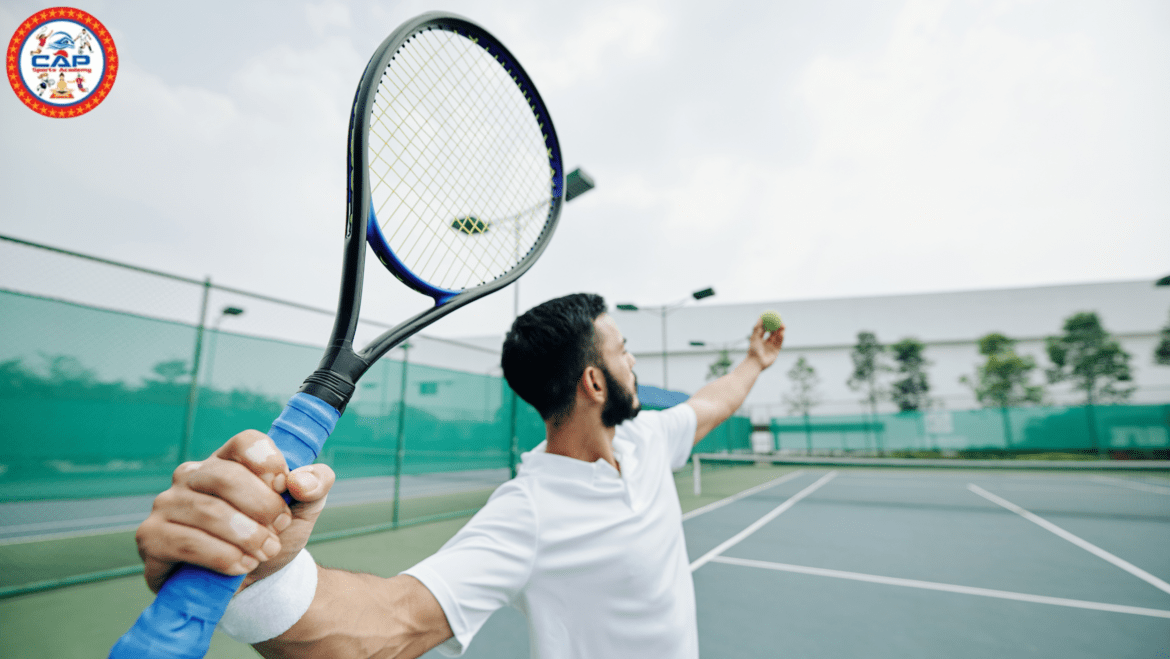
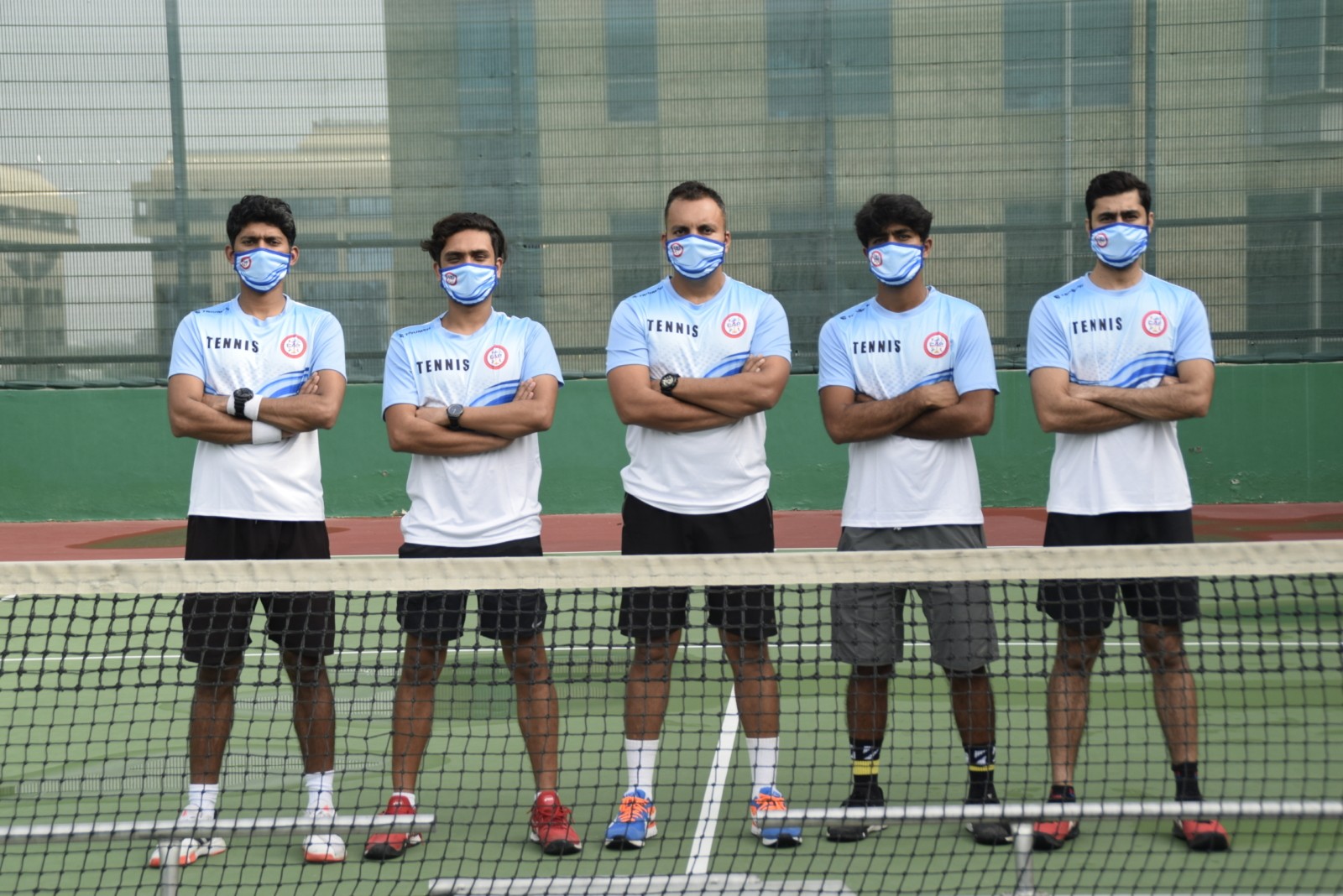
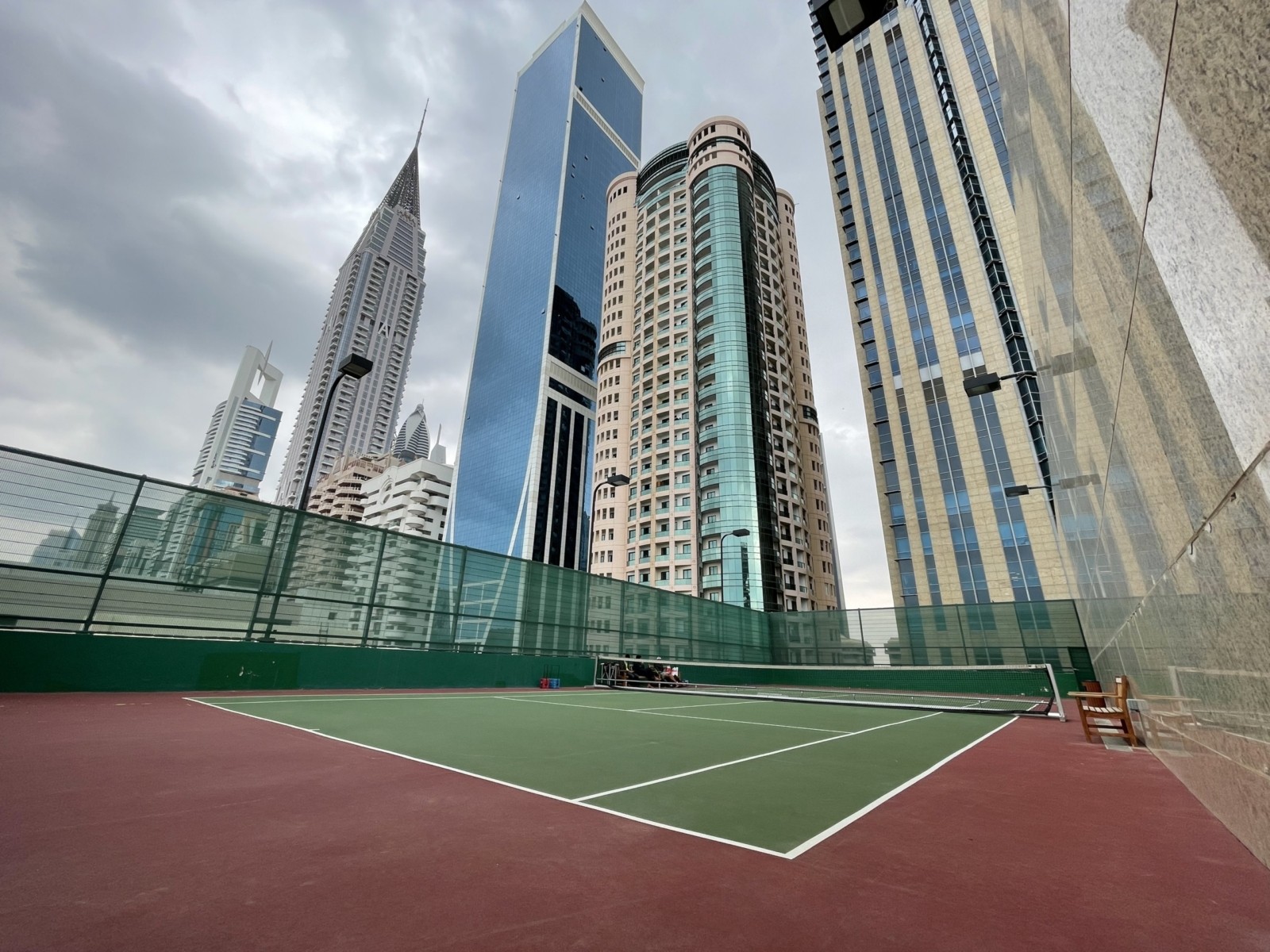
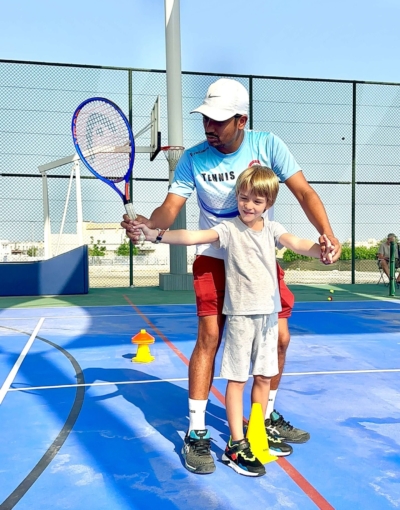
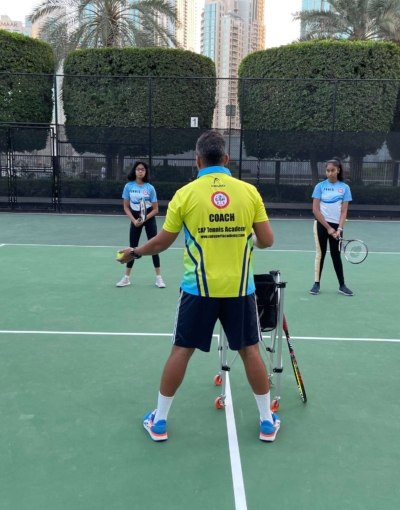




 India
India





